Founded in the shadow of China’s vast manufacturing landscape, this company has grown from a modest workshop into a global supplier known for reliability and thoughtful engineering. The people here don’t chase the trend of the week; they chase consistency, endurance, and a spark of ingenuity that turns a good alternator into a trusted partner on the road. Across its campuses, the factory floors hum with the quiet rhythm of stamping presses, winding machines, and the patient gaze of quality inspectors. It’s a place where process meets passion, where a blueprint becomes a pulse of energy.
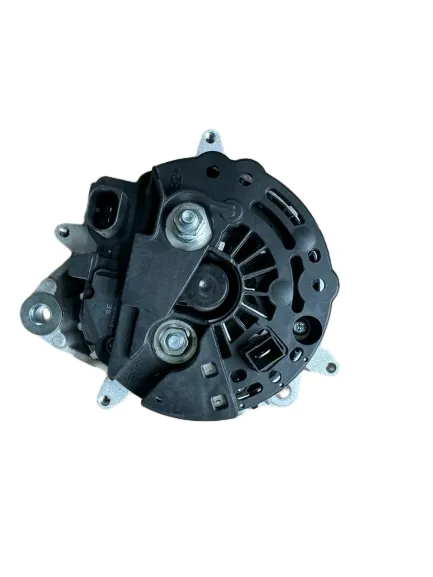
To understand what makes China Automotive Alternator Company distinctive, it helps to look beyond the part and into the purpose. An alternator must perform two tasks at once: deliver a steady stream of electrical power to a car’s complex network of sensors, lights, and entertainment systems, and recharge the battery so the engine can start when the driver turns the key or presses the button. In the era of increasingly connected vehicles, that second job has grown more important, not less. The company has responded by designing products that are lighter, more efficient, and more adaptable to different demands—from fuel-efficient city cars to heavy-duty commercial trucks.
The company’s portfolio mirrors the diversity of today’s mobility. There are standard alternators built for everyday cars, with robust bearings and low-noise operation. There are high-output variants for light commercial vehicles, where the electrical load may spike during peak hours or during cold starts. And there are more advanced models that incorporate smart regulation and communication protocols, enabling the vehicle’s computer to optimize charging in concert with the engine management system. Each product line is the result of careful balancing of performance, durability, and manufacturability—a trifecta that matters as much on the assembly line as it does on the customer’s test bench.
Behind these products are people who care about outcomes as much as components. Engineers sketch with a cyclist’s mindset—looking for a smoother ride between torque and voltage; technicians tune winding patterns the way a musician calibrates strings before a concert. In the design rooms, engineers use computer-aided design and simulation to anticipate heat, vibration, and wear. They test prototypes under simulated road conditions, pushing materials—not to break them, but to learn how they can resist fatigue and still hold a stable charge. It’s a discipline built on patience, not panic; a belief that reliability arrives through repeated checks, small improvements, and an unglamorous commitment to quality.
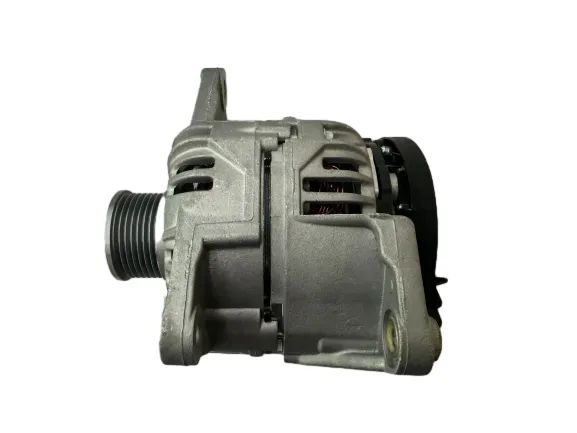
The company also understands that business today runs on more than just good products; it runs on a network. Its supply chain moves across continents, drawing raw materials from trusted suppliers, machining components in specialized plants, and shipping finished alternators with speed and precision. The goal is to minimize lead times without compromising safety or ethics. Every batch that leaves the factory carries documentation of traceability, a sign that each alternator can be matched to its origin story if needed. The logistics teams work in concert with engineers to ensure that demand is met, that inventory is balanced, and that customers—from independent workshops to major automotive brands—feel confident when they place an order.
And there is a humility in the way the company talks about its work. It isn’t about being the loudest voice in the room; it’s about listening—listening to customers who describe the realities of aging fleets, the needs of new platforms, and the subtleties of regional regulations. It’s about listening to technicians who demand tools that make their jobs easier and more precise. It’s about listening to the environment and choosing practices that reduce waste, conserve energy, and respect the communities near every plant. The story here is not a single triumph, but a rhythm that repeats with every shipment, every test, and every new design that makes an old car feel a little younger.
That rhythm is reflected in the people who stay late on the factory floor and in the partnerships the company cultivates with global OEMs and regional distributors. It’s echoed in the quiet pride that shows up in the eyes of a line supervisor who has seen dozens of improvements take hold—every change a testament to the idea that better energy management can improve a car’s performance while also reducing its footprint. And it’s visible in the way the company invests in its own people: ongoing training programs, opportunities to work on cross-functional teams, and a culture that treats every employee as a critical link in a larger chain of responsibility.
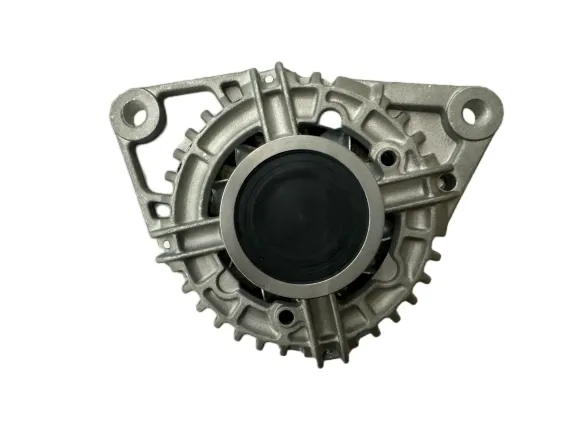
If you walk into China Automotive Alternator Company’s training center, you’ll see what seems at first like everyday instruction—safety protocols, quality checks, and standard operating procedures—but you’ll also notice something more human. In one corner, an engineer traces a winding pattern, consulting data from sensors that monitor temperature and current in real time. At a whiteboard, a product manager explains how a slightly different regulator waveform can shave grams of weight without sacrificing durability. A line operator demonstrates a new fixture that makes assembly faster and more accurate. It’s not showy; it’s practical. It’s the kind of work that yields meaning through repetition and improvement.
As the first part of this story closes, the tone is one of momentum rather than triumph. It hints at the kind of future where alternators adapt to electric and hybrid drivetrains with ease, where smart sensing anticipates needs before the car even asks, and where manufacturing lines hum with efficiency and low waste. The next chapter will step closer into the technical heart of the company: the innovations that push energy management forward, the standards that guide every test, and the partnerships that help this Chinese enterprise share its approach to the world. Under the hood of modern mobility, power electronics and mechanical reliability share a single goal: to keep the driver’s world turning without a second thought. This is where China Automotive Alternator Company translates ambition into practice, not through flashy claims, but through dependable systems, rigorous processes, and a culture that treats energy as a carefully managed resource.
The company’s technology strategy begins with people and extends through every stage of product development. In its laboratories and test benches, engineers push the boundaries of what an alternator can do without asking for miracles. They combine thermal analysis, vibration modeling, and electromagnetic simulations to predict how components will behave under real world conditions. Digital twins recreate the life of an alternator long before a prototype ever spins at full speed. This approach helps identify potential failures earlier, reducing the time from design to production and, importantly, giving customers a sense of predictability they can rely on.
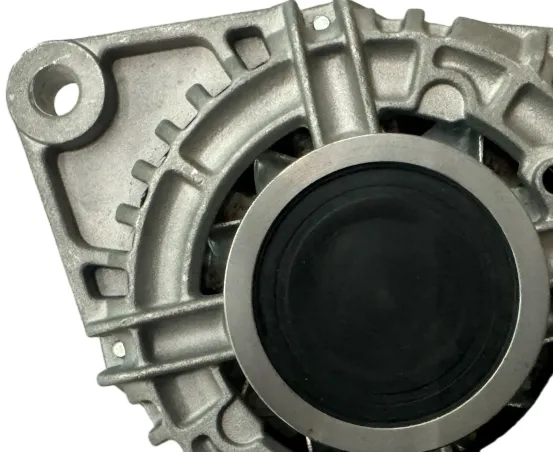
One cornerstone is efficiency. The company has long pursued higher output with lower weight, a combination that helps improve fuel economy and reduces strain on the engine. Advanced windings, precision regulators, and improved bearing technology contribute to quiet operation and longer service life. For many customers, that means fewer maintenance visits and more uptime. The smart regulator variants, which communicate with the vehicle’s electronic control unit (ECU) via standardized protocols, enable a more coordinated charging strategy. In hybrids and start-stop systems, where the electrical load can shift rapidly, these features translate into smoother operation and better battery health over time.
Sustainability sits at the core of production choices. The company has invested in energy-efficient equipment, closed-loop cooling systems, and waste-minimization programs that turn scrap into opportunities for reuse. In line with broader industry momentum toward responsible manufacturing, the factory uses renewable energy sources where feasible and pursues reductions in water use and emissions. The result isn’t just a smaller carbon footprint; it’s a production environment that supports long-term reliability for customers who depend on consistency.
Global reach is built not by chance but by a carefully calibrated network of partners, distributors, and regional service centers. While the roots remain in China, the company maintains regional hubs that streamline logistics, shorten lead times, and provide on-the-ground support for customers in Europe, North America, and Asia. A robust spare-parts program ensures that technicians have what they need when they need it, preserving uptime and enabling swift turnarounds for service work or fleet upgrades. This presence across markets is reinforced by the company’s willingness to listen, to learn from local conditions, and to adapt products to meet different regulatory environments and customer expectations.
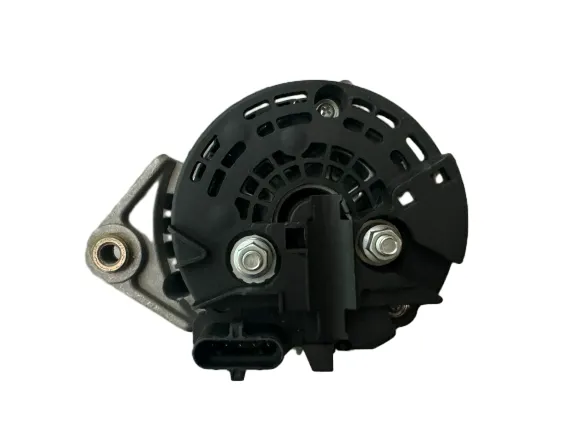
The impact of the company’s work is most tangible when you hear from customers who rely on its products in their daily operations. A European fleet operator recently migrated to high-output alternators designed for mixed-duty use—deliveries, maintenance routes, and school runs. The outcome was not simply a claim of increased charging capacity; it was a measurable improvement in system reliability, with fewer incidents of battery drain during peak electrical load times. A regional distributor spoke of improved serviceability: modular components, clearer product labeling, and faster warranty processing. These outcomes reflect a simple truth—the right alternator, supported by a strong service network, reduces downtime and keeps drivers moving.
To those who imagine the future, the company offers a clear, pragmatic pathway. Continued investment in smart charging, better thermal management, and materials that resist wear will keep pace with evolving vehicle architectures—especially as electrification deepens and the start-stop ecosystem becomes more prevalent. The company is exploring partnerships that bring advanced diagnostics closer to the vehicle, using connected tooling and remote monitoring to anticipate failures before they happen. It is also looking at how its products can integrate with energy management solutions, supporting not only vehicle systems but the larger ecosystem around the road—be it within fleets, cities, or regional grids.
The story of China Automotive Alternator Company is one of patient, purposeful growth. It is about a company that values reliability as much as innovation and treats every new design as an opportunity to strengthen the quiet pulse that powers modern mobility. It is about people who show up every day with the discipline to do the work well, the curiosity to imagine better ways, and the humility to learn from the communities they serve. And it is about a belief—shared by engineers, technicians, distributors, and customers—that energy, when managed thoughtfully, becomes a durable partner in a world that never stops moving.
As this journey continues, the company remains mindful that its work is part of a larger, evolving conversation about how automobiles power our lives. From the crowded streets of megacities to the open highways that connect distant regions, alternators are the steady drumbeat behind motion. The China Automotive Alternator Company aims to keep that beat steady—through better engineering, smarter manufacturing, and a commitment to service that makes the road ahead feel a little more certain. The road is long, and the future is bright—not because it is guaranteed, but because it is earned, one well-made alternator at a time.
Alternator With multiple core patented technologies and rigorous quality control systems (such as 9001 certification), we have established long-term partnerships with over 300 automotive manufacturers and component suppliers worldwide. Our products are exported to countries such as Europe, America, Southeast Asia, and Africa, with an annual production capacity exceeding 300000 units. We have won market trust with stable delivery and after-sales support.